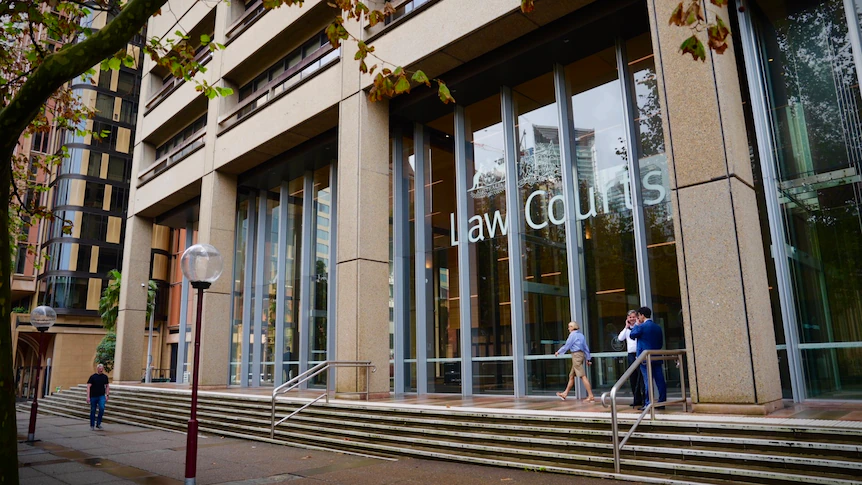
Nasdaq’s move to let tokenized securities trade on its main market looks, to me, like the clearest signal yet that capital markets are going on-chain. If it gets approved, the first trades will be landing the moment the foundations are ready. A Tier-1 venue normalizing tokenization means we’re moving from a pilot to policy.
Tokenization has the potential to compress settlement cycles, reduce intermediaries, and widen distribution to both brokerage accounts and qualified-custody wallets. Crypto holders who want exposure to tokenized equities no longer have to go through a crypto → cash → broker → stock process.
Compliant structures allow the movement of crypto —> tokenized stock. In short, fewer hops equals better capital efficiency.
Why Nasdaq’s push matters
Legitimacy and liquidity. Public exchanges set the norm for markets, and Nasdaq’s filing is a massive signal that simultaneously informs issuers, custodians, and market makers that tokenized instruments will be treated as the same economic security and invites institutions to adopt on-chain assets without changing how they value or govern them.
Catalyst for distribution. Tokenization projects face a liquidity problem; however, just days after Nasdaq’s filing, Franklin Resources, Inc. (NYSE: BEN) partnered with Binance Holdings Ltd.,, demonstrating a textbook example of pairing asset-manager product design with crypto-native global distribution. If you want tokenization to scale, you need both.
Evidence of investor demand. The public markets are rewarding compliant crypto infrastructure again. Gemini’s U.S. IPO priced above range and was heavily oversubscribed, with Nasdaq itself participating in a $50M private placement. Key point: capital is flowing to exchanges and tooling that can connect traditional markets to tokenized rails.
What tokenization fixes (and what it doesn’t)
It fixes settlement drag. Blockchain-settled instruments can make T+2 feel archaic. Shorter, programmable settlement windows—hourly, or even intraday—make securities better collateral for treasurers, lenders, and risk engines.
It fixes distribution gaps. Tokenized instruments can live where investors already are: in brokerages and in qualified-custody wallets. Franklin’s tie-up with Binance underscores the playbook: marry a regulated issuer with crypto-native reach to unlock global participation and faster collateral mobility.
It does not fix governance or opacity on its own. Tokens are only as good as their proof-of-assets, custody controls, and redemption SLAs. Institutions should demand real-time attestations and clear mint/burn mechanics—standards that wrapped assets bake in by design.
The bigger canvas: crypto rails are getting useful
Look beyond trading. Think about how stablecoins move around on-chain with high composability and high velocity. Tokenized securities give those same rails a high-value, regulated payload. Together, they move crypto from speculation to plumbing, and can turn previously isolated stores of value like Bitcoin into productive, yield-bearing capital within regulated markets.
And public markets are validating that plumbing through price action.
The risks if we do it wrong
Walled gardens. If tokenization becomes exchange-only, liquidity will become fragmented, and capital becomes inefficient.
Fragmented settlement. Standardization across depositories and on-chain registries is essential; otherwise, we recreate the same back-office spaghetti on faster pipes.
Regulatory mismatch. If tokenized shares don’t truly preserve economic and governance rights, they’re new instruments—not the same security—and should be treated accordingly. Nasdaq’s proposal is explicit on that point.
Who wins from here
Tokenization technology will inevitably be commoditized. It’s whoever can solve liquidity and distribution that will be king, unlocking the full potential of on-chain capital markets for both TradFi and crypto-native participants.
Outlook:
Exchanges that can run regulated markets and interoperate with on-chain settlement will capture the first wave. Nasdaq just put its flag in the ground.
Interoperability infrastructure providers that enable cross-asset settlement—such as using Bitcoin to purchase tokenized equities—will become critical utilities. Asset managers with tokenization chops but limited reach will partner with crypto-native distributors—exactly like Franklin Templeton + Binance—to turn product into flow.
Crypto infrastructure that plays nicely with public markets will see capital. Investors are rewarding these new rails with their dollars (or soon, stablecoins).
Benzinga Disclaimer: This article is from an unpaid external contributor. It does not represent Benzinga’s reporting and has not been edited for content or accuracy.
Loading…
Loading…
Market News and Data brought to you by Benzinga APIs
© 2025 Benzinga.com. Benzinga does not provide investment advice. All rights reserved.



